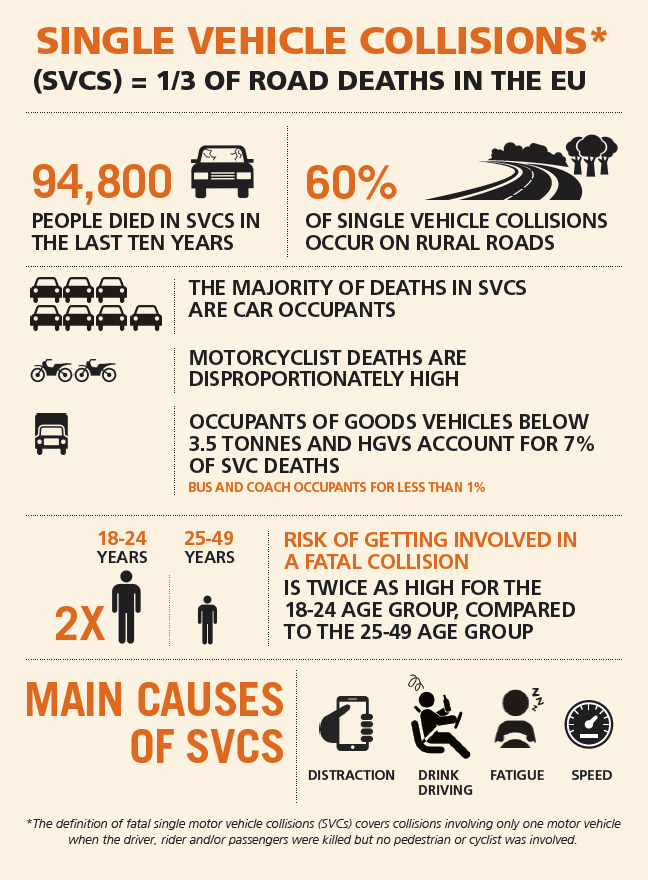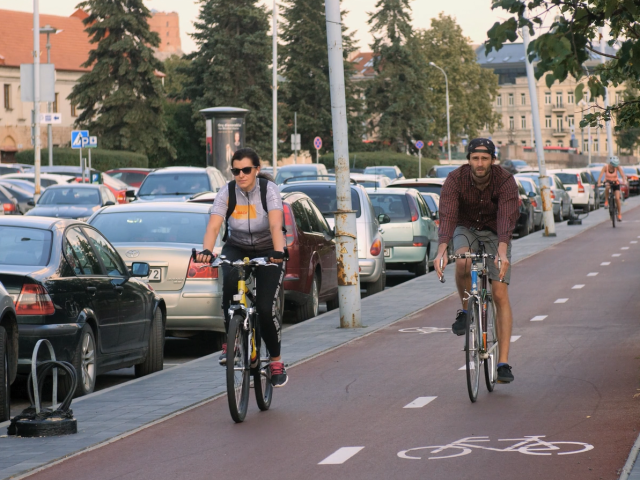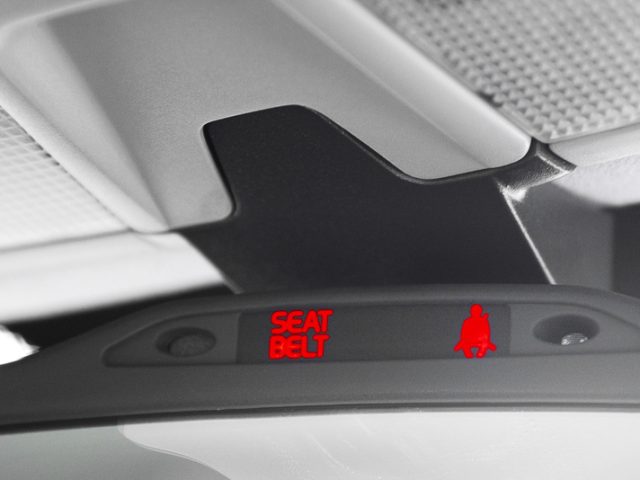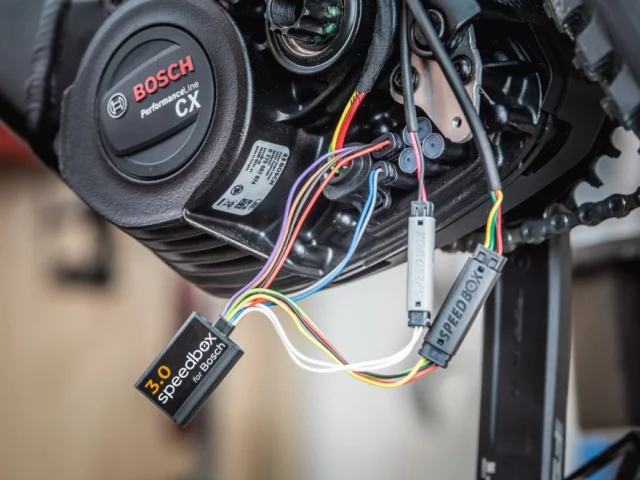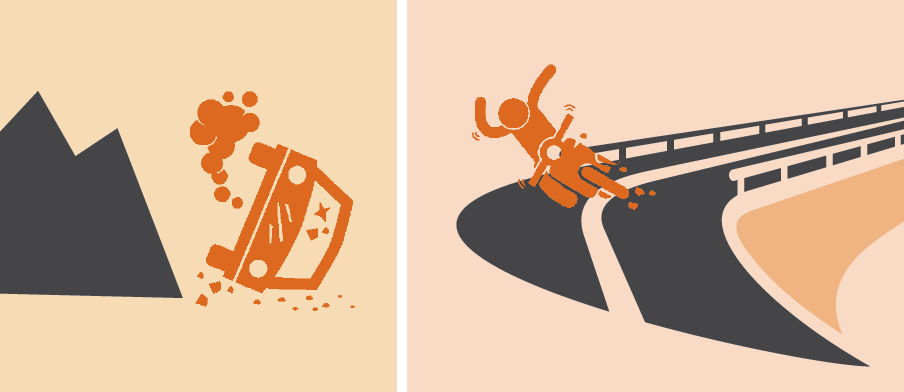
Reducing deaths in Single Vehicle Collisions (PIN Flash 32)
A third of road deaths in the EU are caused by collisions that involve a single motorised vehicle where the driver, rider and/or passengers are killed but no other road users are involved. These single vehicle collisions (SVCs), and how to prevent them occurring, are the subject of this report.
Nearly 7300 road users lost their lives in 2015 in SVCs in the EU. Around 94,800 people have died in such collisions in the last ten years.
Across the EU, the total number of people killed in SVCs was cut by 43% over the period 2005-2014. Deaths caused by collisions of this type have fallen a bit faster than road deaths overall (-41%) but slower than road deaths caused by multi-motorvehicle collisions (-44%).
Over 60% of deaths in SVCs occur on rural roads. However, safer infrastructure and appropriate speed limits have helped reduce deaths on rural roads.
In the EU, 68% of all deaths in SVCs are car occupants. Powered two wheeler (PTW) users represent around a fifth of deaths in SVCs, while the distance travelled on these vehicles remains low compared to other modes of transport. Lorry occupants account for 7% of all deaths in SVCs with buses and coaches accounting for less than 1%.
Young drivers and riders are at a greater risk of becoming involved in fatal single vehicle collisions than any other road user age group. This risk is twice as high for the 18-24 age group compared to the 25-49 age group.
Data available from a few countries suggest that the range of casualty characteristics vary from country to country but the most common fatal SVC scenarios are the vehicle leaving a straight road or leaving the road when driving on a bend.
An in-depth study conducted in the Netherlands in 2011 found that distraction was the most frequent contributory factor related to human behaviour, involved in 31% of the SVCs studied. This was followed by speeding (27%), alcohol use (19%) and fatigue (17%). Young drivers appear to be involved in SVCs when distracted, choosing inadequate swerving manoeuvres to avoid another road user/object or when they incorrectly assess the traffic situation.
Key recommendations to Member States
- Implement the Infrastructure Safety Management Directive 2008/96 on all kinds of
roads. - Improve infrastructure safety on the whole network, applying the concepts of “selfexplaining
and self-enforcing roads” and “forgiving roadsides”. - Eliminate all removable obstacles from the roadside; install safe side barriers where
the obstacles cannot be removed on rural roads and motorways. - Install barriers friendly to powered two-wheelers in areas susceptible to motorcycle
collisions. - Conduct in-depth accident investigations in appropriate representative samples of
collisions resulting in serious injuries and deaths, including single-vehicle collisions. - Apply best practice in traffic law enforcement of speed limits, use of seat belts or helmets, and laws concerning drink driving and driver distraction.
- Introduce Graduated Driving Licence systems to address the high risks faced by new drivers, thus allowing them to gain initial driving experience under low-risk conditions between gaining the learner permit and fully licensed status.
Key recommendations to EU Institutions
- Support member states in collecting harmonised in-depth accident investigation data relating to fatal and serious injury collisions, including single-vehicle collisions.
- Introduce a safe system approach in Europe, as committed in the EC’s ‘First Milestone towards a Serious Injury Strategy’ in 2013.
- Within the context of the review of the Infrastructure Safety Management Directive 2008/96:
- Extend application of the instruments of the Directive to cover all motorways, rural and urban roads;
- Set up guidelines for providing and maintaining road markings, effective safety barriers and sufficient width of obstacle-free roadsides.
- Within the context of the revision of Regulation 2009/661 concerning Type-Approval Requirements for the General Safety of Motor Vehicles:
- Adopt legislation for fitting all new vehicles with an overridable assisting Intelligent Speed Assistance system, Autonomous Emergency Braking and advanced seat belt reminders on passenger seats;
- Introduce uniform standards for alcohol interlocks in Europe which ensure that vehicle interfaces make it possible to fit an alcohol interlock.
- As a first step towards wider use of alcohol interlocks, legislate to require their use by professional drivers;
- Mandate Event Data Recorders in all new vehicles and require the data to be made available for accident investigation;
- Upgrade type approval crash tests to be more closely aligned with the requirements of Euro NCAP crash tests.
